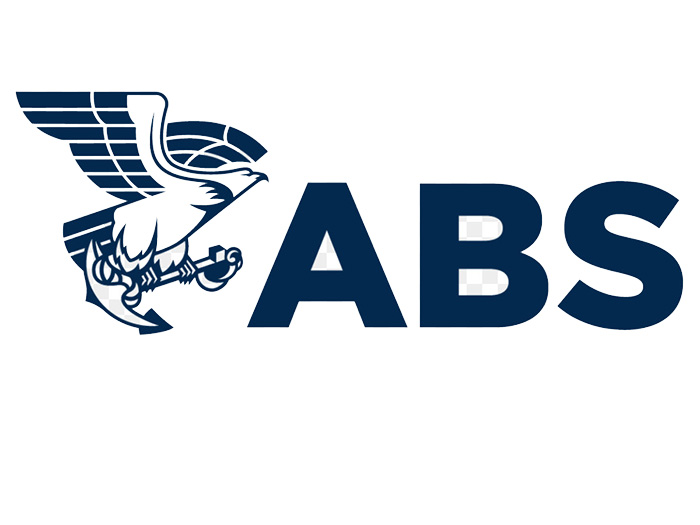
Simulation project gives design-stage insight into vessel carbon footprint
Written by Nick Blenkey
A joint development program completed by ABS and South Korean shipbuilder Hyundai Heavy Industries (HHI) will enable shipyards and vessel designers to analyze the carbon footprint of a vessel at the design stage.
Multi-physics simulations allow in-depth evaluation of the impact of a range of energy saving options, offering a detailed preview of a vessel’s performance before key investment decisions are made.
“The modeling and simulation techniques that ABS and HHI are pioneering allow owners, designers and shipyards unprecedented insight into the impact of multiple decarbonization strategies on a vessel’s performance at the earliest possible stage,” said Patrick Ryan, ABS Senior Vice President, Global Engineering and Technology. “This approach unlocks benefits in operational efficiency, safety and investment decision making. This technology also aligns with our industry-leading efforts to introduce a paperless end-to-end class process, demonstrating how we are moving ahead and realizing the benefits of digital class for the industry.”
“This joint project will give us more options to review alternative technologies at the early design stage,” said Jaeeul Kim, Executive Vice President and CTO of HHI. “Our vessels fully comply with IMO’s environmental regulations before 2050, with LNG dual fuel propulsion systems, including various original energy saving devices and continuous developments will keep HHI and ABS front-runners in this fast changing industry.”
The simulations connect to a broad range of inputs from many model types such as computational fluid dynamics models, wave resistance models, and data-validated engine performance models. A multi-physics model unlocks the ability to evaluate the performance impact from the design options and the operational measures. Examples of technologies that can be evaluated in the modeling process include air lubrication systems, energy-saving devices, voyage speed profiles, and engine fuel options. The simulations can also reflect the impact of inputs from a range of data sources and optimization tools allowing comprehensive analysis of the trade-off between different vessel configurations.
“Developing a detailed understanding of the impact of your chosen decarbonization pathway on a vessel during the concept design phase is a major step forward in helping owners navigate the complexity of building a fleet capable of meeting IMO sustainability objectives,” said Georgios Plevrakis, ABS Director, Global Sustainability.




